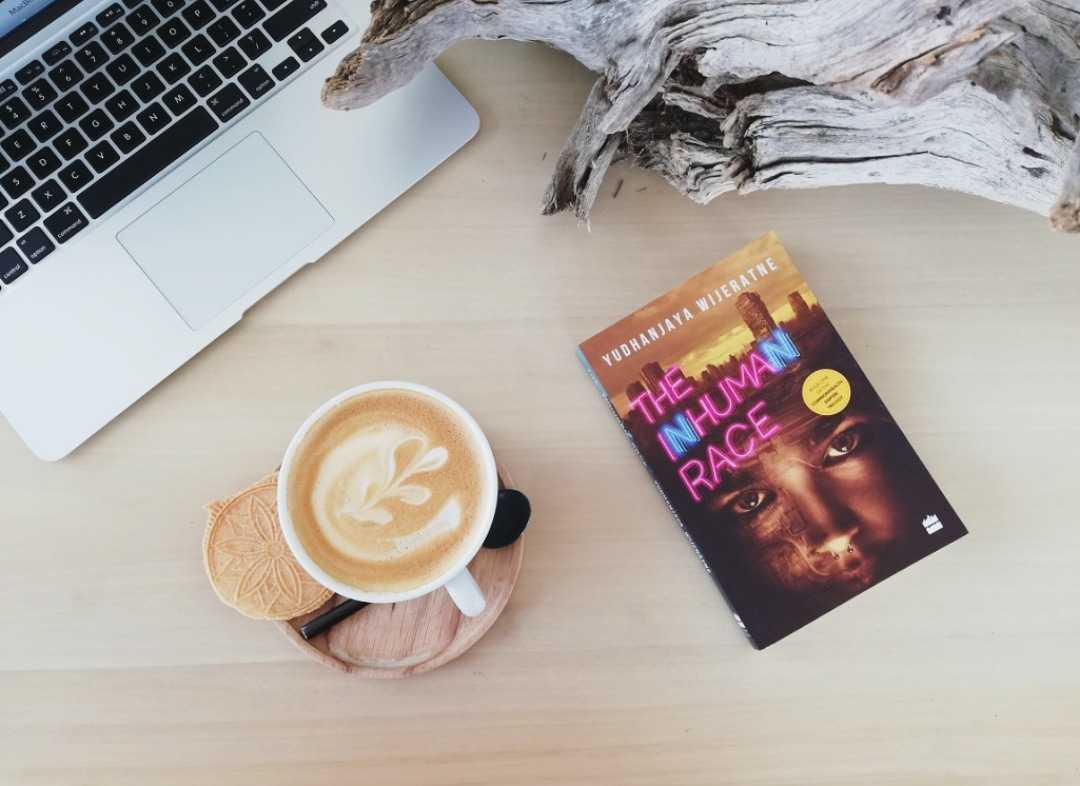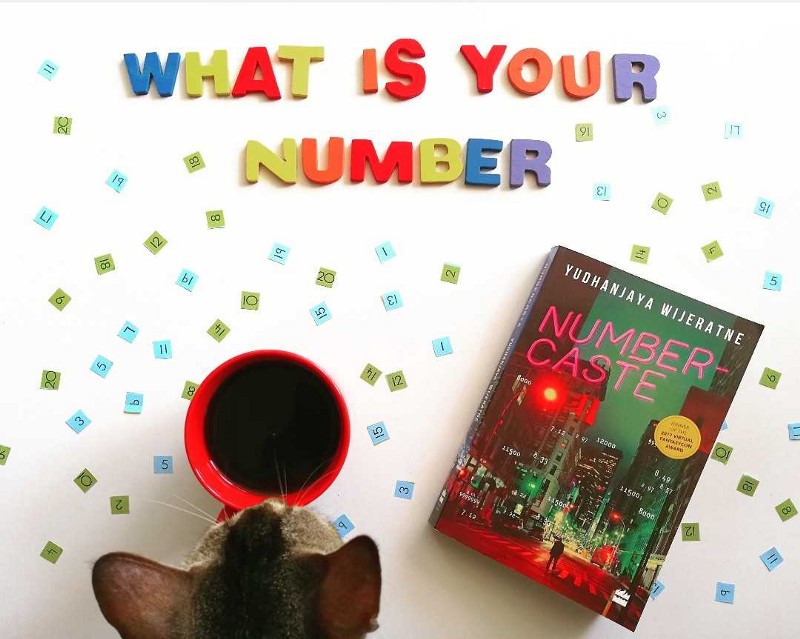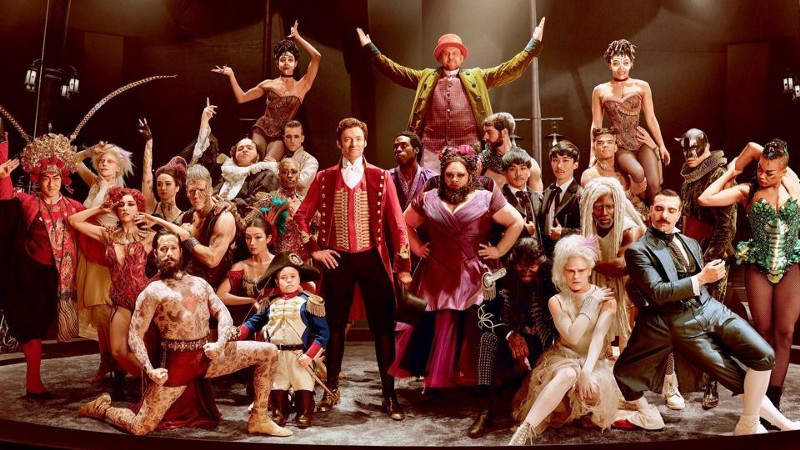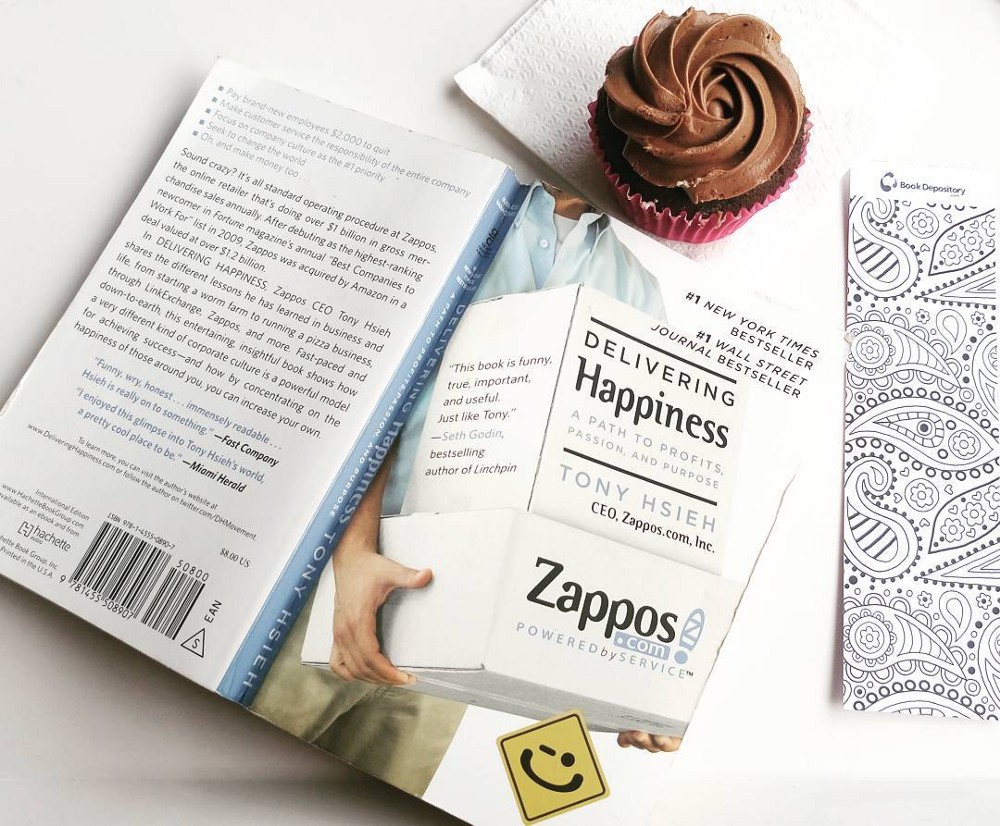Recently, I watched “The Greatest Showman” for the second time. With a great soundtrack, it unravels the story of P. T. Barnum, his journey from a poor boy to the founder of the Barnum and Bailey Circus. While I was enjoying the story, the music, and the cinematic, I couldn’t help noticing lessons and insights it gives to entrepreneurs and leaders.
1. Create a positive vision and keep it alive.
The movie begins with the vision Barnum has articulated since the early age while planting that vision in everyone’s heart with the opening scene and the song, “A Million Dreams”.
Barnum created a shared vision from the start that served as the North Star which showed his team the right direction. It is crucial to articulate a clear and concise vision that moves your team forward and inspires them along the way. However, creating a vision is not suffice, leaders should be able to incorporate that vision into people’s beliefs and motivate them to not to give up along the journey. Keeping the vision alive inspires your team to focus on what matters and follow through the commitments without stopping or giving up.
2. Accept responsibility and accountability for your actions.
When Barnum made Charity Hallet laugh while she was practicing a tea drinking skill, her father scolds her for her unladylike behavior. Barnum came forward and accepted the responsibility for his action which earned him a slap from Charity’s father.
We are, all of us, responsible for our actions, our thoughts, and our behaviors deliberately or unintentionally. A responsible person makes mistakes, but when they do, they take responsibility for their mistake and make it right.
As a leader, you must create a mental connection between responsibility and consequences of your actions and accept accountability for them. If not, you will lose the credibility among your team members and colleagues which will lose the influence required to lead.
3. Failure is a part of the leadership.
Barnum was excited to open his new venture, a museum of oddities, and believed he was going to be successful. On the first day, he was able to sell only three tickets and that was for his wife and two daughters. The museum was a failure. But he didn’t give up, he moved to another concept for his museum which brought success to his venture.
What you do with the failure defines your character as a leader. Failure in general is hard to gulp, yet if you have never failed at anything, you would have never been forced to think differently and seek new opportunities. Great leaders see failure as a learning opportunity and push others to see beyond the failure to take risks that leads to innovation, cultivating a learning culture.
4. Positive attitude.
Barnum’s performers were concerned with how people would react to their performance and to their unique talents. But, Barnum always emotionally supported the team and managed to boost their morale, giving positive thoughts. Once, a newspaper critic published a negative review of the museum show and everyone else was distressed about the bad press but Barnum. Barnum took it as a good publicity for his show. He changed the name of the show and started promoting discounts.
Having a positive mental attitude determines how you behave as a leader, and the influence you have on others. Your attitude has the power to lift you up or pull you down. The same way, it affects your team. The positive energy you inject into your team can inspire them to come up with better ways to overcome challenges and turn the vision into a reality. The future belongs to those who believe in it and have the positivity to overcome challenges. Remember, you might see the glass as half empty, but it still contains water, and it is half full!
5. Don’t leave the team behind or shut them out.
Once, Phillip Carlyle and Barnum obtained an appearance with the Queen of England. They made it clear that they would not appear without the rest of the team which lifted the morale of the team.
Another time, when Barnum was celebrating the first show of Jenny Lind, he didn’t let his team be a part of the celebrations. The team was disappointed and they lost their confidence.
As a leader, you should never leave your team behind or shut them out. When you show that you respect your team and bring them along with you, the team feels appreciated and more positive about themselves and their ability to contribute. A self-esteemed team is a critical aspect of innovation and overcoming challenges.
6. Focus.
When Barnum started working with Lind, he became distracted and Carlyle was warning him about his distraction. He was splitting his time and attention between the circus and Lind, putting more effort on Lind’s tour which eventually led to losing both the circus and Lind’s tour.
Trying to move in too many directions at the same time distracts you from your primary strategy of turning your vision into a reality. Devoting time, energy, and money in multiple directions at the same time could lead to none of them being executed well, heading towards failure, consequently. With a clear focus brings greater clarity and results and an accelerated journey.
The Greatest Showman gives many more great insights for leaders and entrepreneurs. The importance of listening to the advice of others, the importance of seeking help and improving weak areas, the importance of leading for the right reasons, the importance of identifying talents, the importance of taking risks to move out from the comfort zone, and passing the leadership baton at the right time, are few more among those lessons.
One of my favorite conversations from the movie is the theater critic’s comment regarding the circus, “Putting folks of all kinds on stage with you, all colors, shapes, sizes, presenting them as equals, another critic might have even called it a celebration of humanity”. Identifying different talents, respect and positive equal treatment for all humans are sensible virtues that not only leaders should master, but the humankind.










